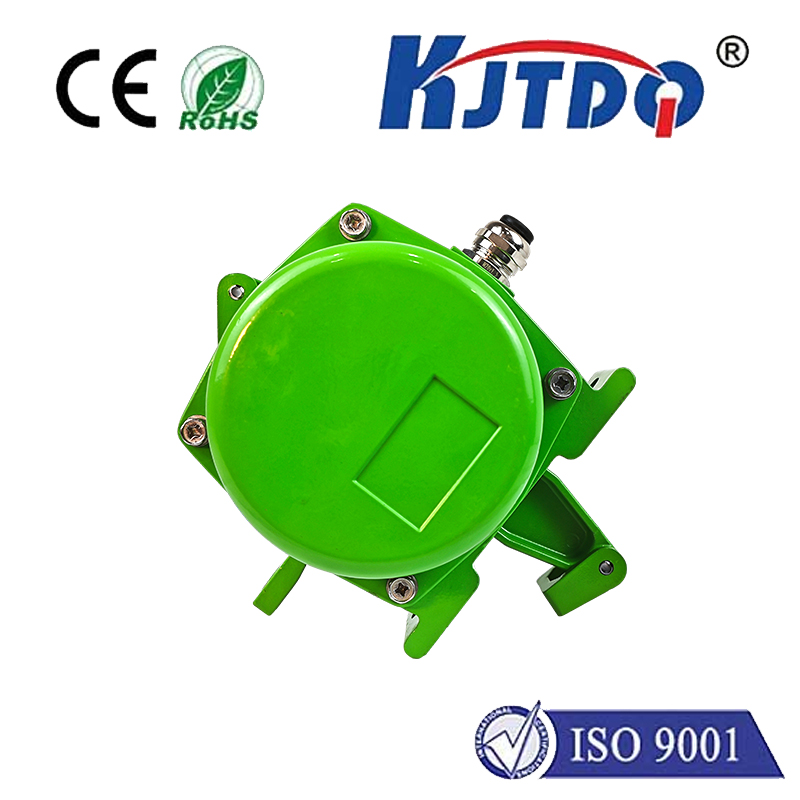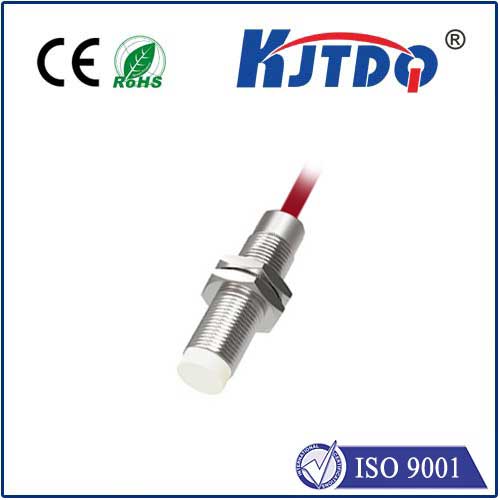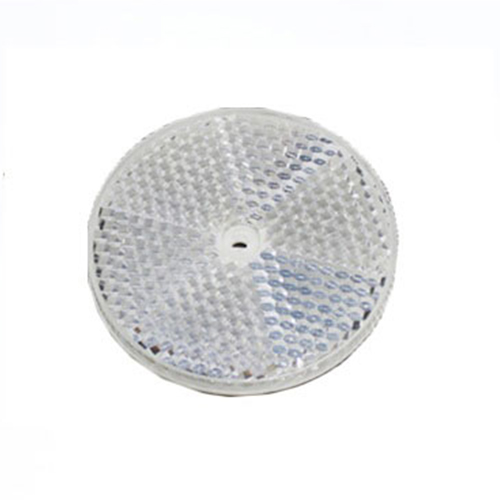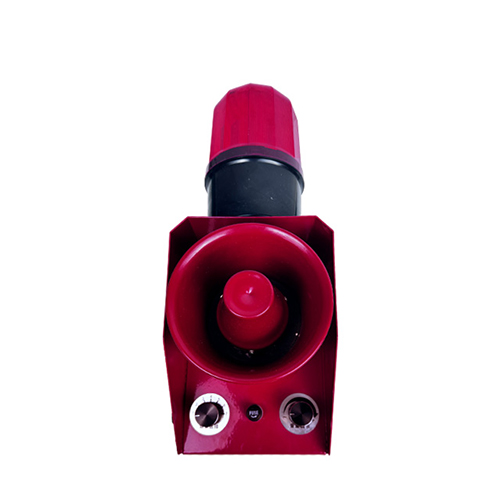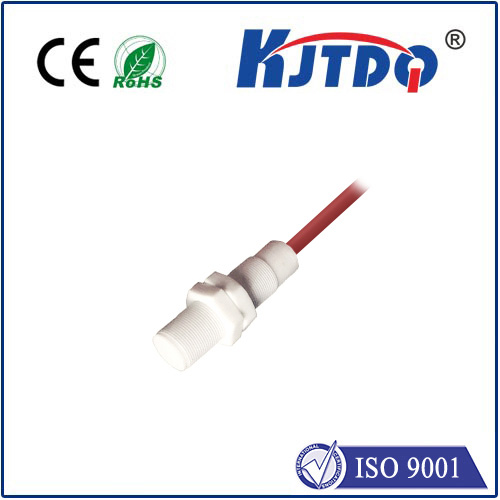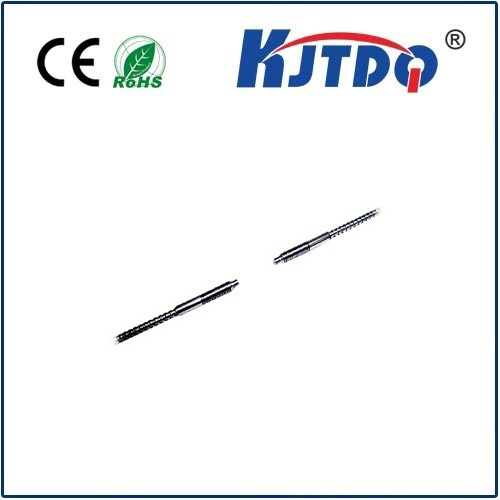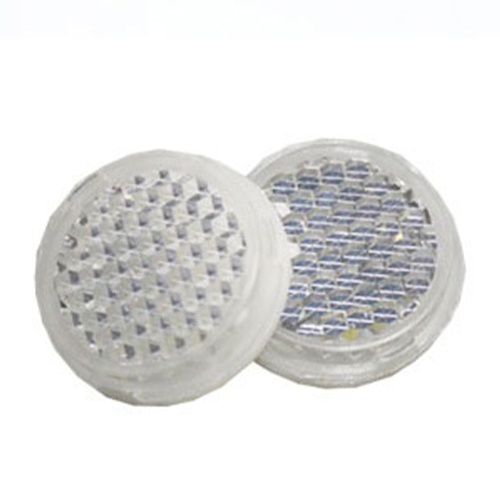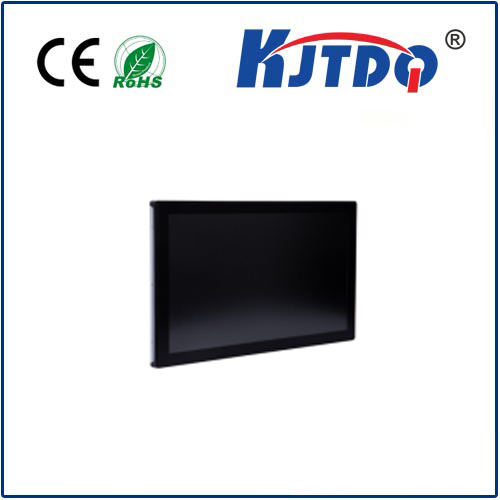

check

check

check

check
E3ZM-T81 2M: Mastering Space-Constrained Detection with Miniature Photoelectric Sensors
Imagine needing reliable object detection on a high-speed bottling line, within the cramped confines of a robotic gripper, or on a compact packaging machine where every millimeter matters. Traditional photoelectric sensors often simply won’t fit, forcing compromises in design or performance. This is where the remarkable miniaturization of advanced sensors like the Omron E3ZM-T81 shines. Specifically designed with a 2-meter sensing range in an incredibly small package, this miniature through-beam photoelectric sensor solves the critical challenge of achieving precise, long-distance detection in severely space-constrained automation environments. Its blend of compact size and reliable performance makes it an indispensable tool for modern, dense machinery.
Understanding the core components of its description clarifies its value proposition. “Miniature” directly addresses the primary challenge: fitting into locations where conventional sensors are impractical. The “2M” denotes its effective sensing distance – a significant achievement for such a small device, enabling applications beyond the reach of many similarly sized compes. “Photoelectric Sensors” specify the technology: using light (in this case, visible red LED light for easy alignment) to detect the presence, absence, or distance of objects non-contactly. The E3ZM-T81 model number identifies this specific variant within Omron’s extensive sensor portfolio, characterized by its through-beam type operation. This means it consists of a separate emitter and receiver; detection occurs when the emitted light beam traveling the 2-meter span is interrupted by an object. This principle offers inherent advantages in stability and detection reliability compared to diffuse or retro-reflective types, especially over longer distances or in challenging environments.

So, what makes the E3ZM-T81 2M sensor worthy of attention?
The applications for the E3ZM-T81 2M miniature photoelectric sensor are vast, driven by its unique size and capability:
Choosing the E3ZM-T81 over larger sensors or alternative technologies like diffuse sensors offers clear advantages beyond just size. Its through-beam design provides far greater detection reliability and immunity to object characteristics compared to diffuse sensors, especially at the full 2m range or for transparent/low-contrast objects. While proximity sensors excel at close-range metal detection, they lack the reach and are unsuitable for non-metals or longer gaps. The E3ZM-T81 fills a critical niche: reliable, long-distance detection in miniature installations. Compared to other miniature sensors, achieving a dependable 2-meter sensing distance is a standout feature that opens up specific application possibilities others simply can’t address.
Integration is straightforward due to standard connections (like M8 connectors) and common supply voltages. However, remember that through-beam sensors require power and signal wiring to both the emitter and receiver units. Mounting hardware specifically designed for miniature sensors is often beneficial for secure and precise positioning. The visible red beam significantly simplifies the alignment process, a major advantage when working in tight confines. Ensuring the beam path is clear of obstructions and minimizing exposure to direct, intense ambient light directly on the receiver lens will guarantee optimal performance. Regular cleaning of the lenses is recommended, especially in dusty or dirty environments, to maintain the sensor’s sensitivity and long-term reliability.
In the relentless drive towards miniaturization and higher machine density, components cannot remain bulky. The Omron E3ZM-T81 2M miniature photoelectric sensor, with its exceptional combination of a tiny footprint and a substantial 2-meter sensing distance, proves to be more than just a space-saver. It provides robust, reliable through-beam detection performance precisely where traditional sensors cannot fit. For engineers tackling automation challenges in robotics, intricate packaging lines, dense electronics assembly, or any environment demanding long-distance sensing within minimal space, the E3ZM-T81 emerges as a vital engineering solution. It empowers designers to create smarter, more compact machinery without sacrificing the critical function of precise object detection. Its performance bridges the gap effectively, making it a strategic component in the toolbox of modern industrial automation.

